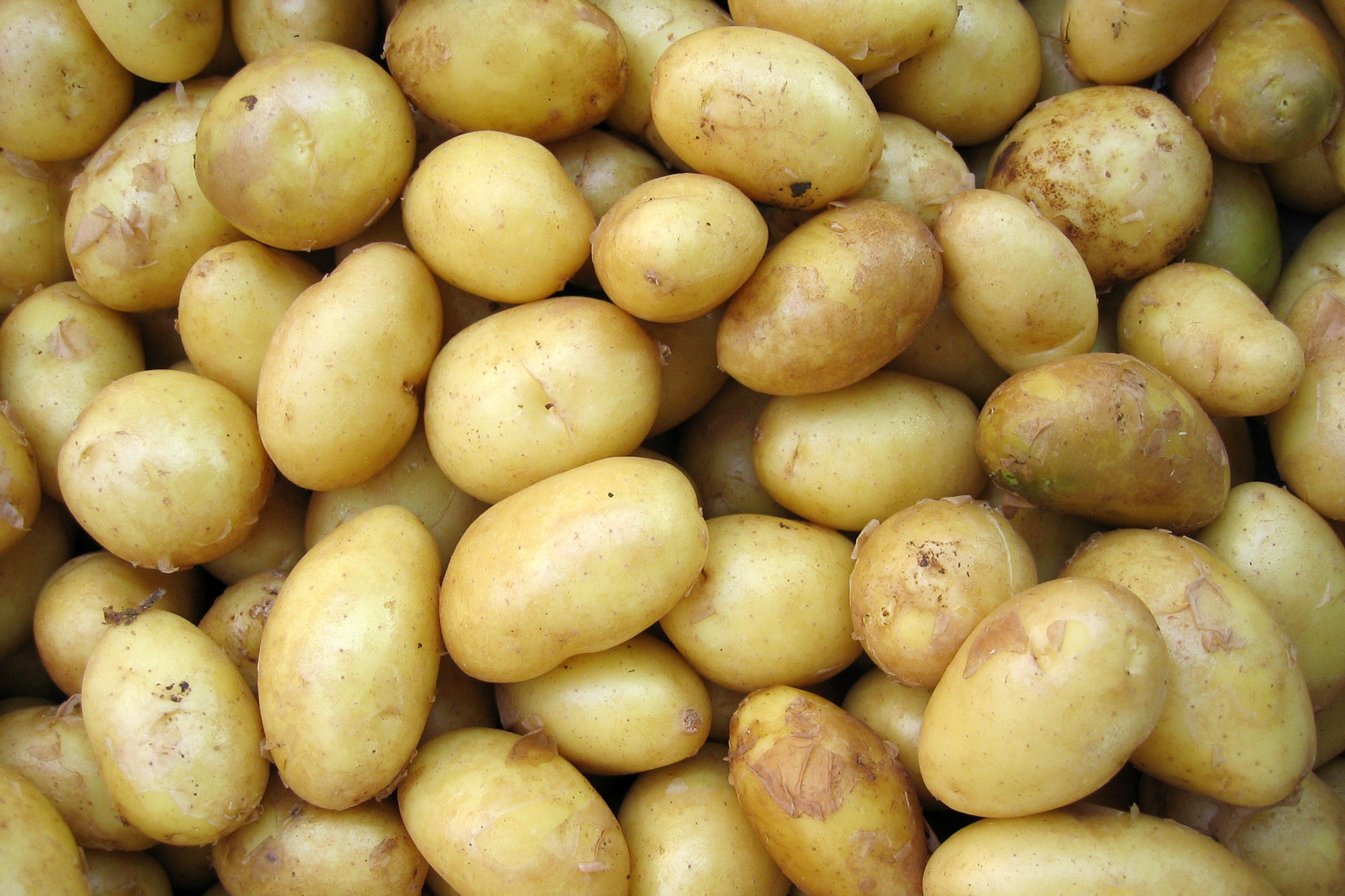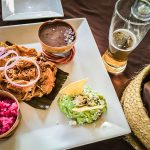Ways different countries take their tubers

Can you imagine a world in which potatoes never made it to Europe? We might never have had french fries!
First cultivated by the Incas in Peru, Spanish Conquistadors brought potatoes to Europe in 1536. By some accounts, it was the potato that helped end famine in northern Europe and ultimately fueled the rise and dominance of European nations. This was, of course, after it had sustained the Incas for years.
Given its importance, and seeing as today it’s the fifth most important crop worldwide, it makes sense that the potato lies at the heart of so many dishes around the world. Here are a few favorite ways.
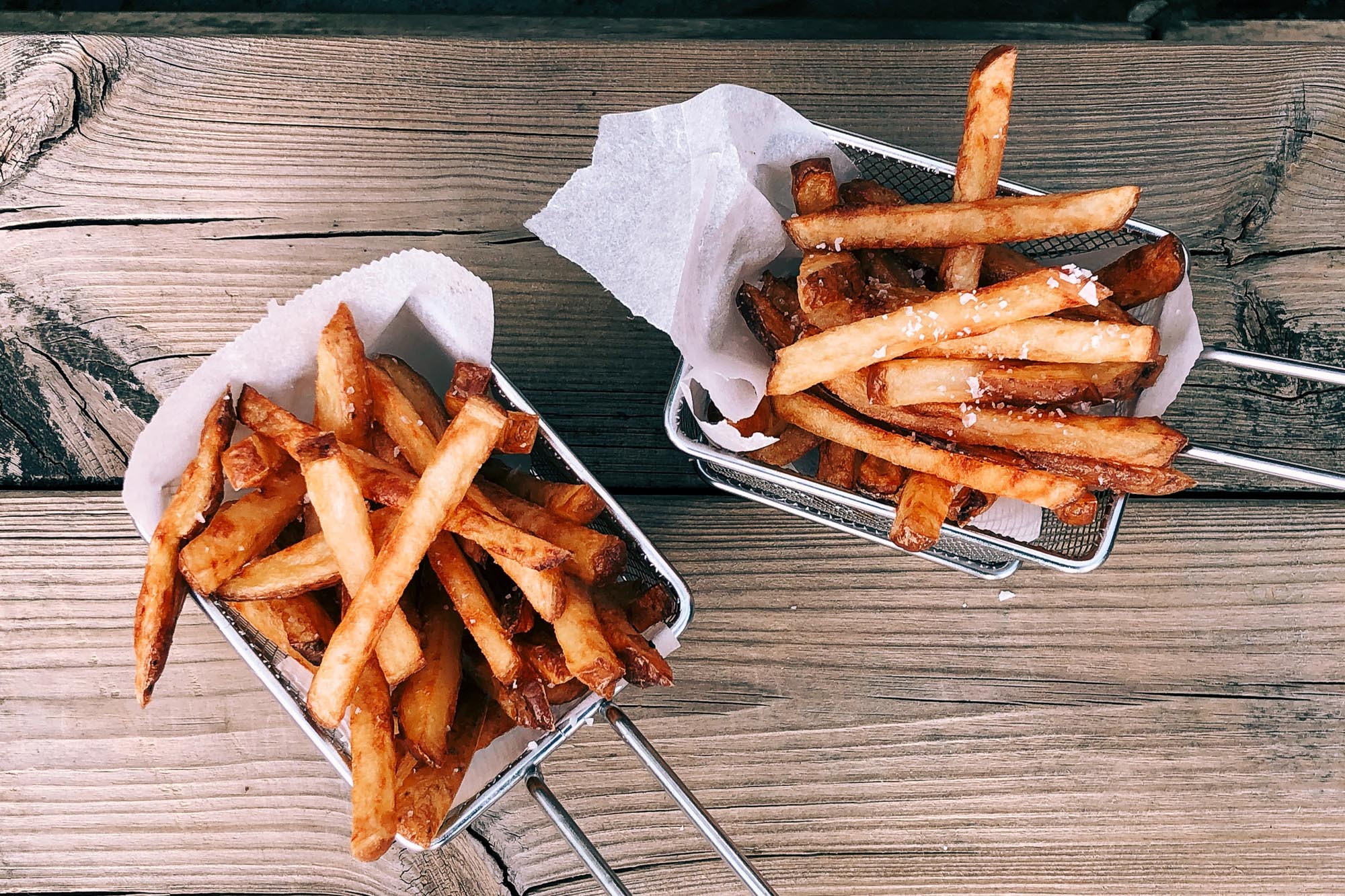
Belgium: French Fries
Despite its name, it’s now largely agreed that french fries originated in Belgium—not France. In his book Carrément Frites, co-author and chef Albert Verdeyen explains how when the River Meuse in Namur, part of francophone Belgium, froze in the winter of 1680, people began frying potatoes instead of fish. Over 200 years later, American soldiers stationed in the francophone region of Belgium during World War I allegedly dubbed the potatoes “french fries.â€
Today, french fries are not only famous on their own, but play a crucial role in famous dishes like moules-frites in Belgium, fish and chips in England, poutine in Canada (french fries and cheese curds smothered in gravy), and steak-frites in France.
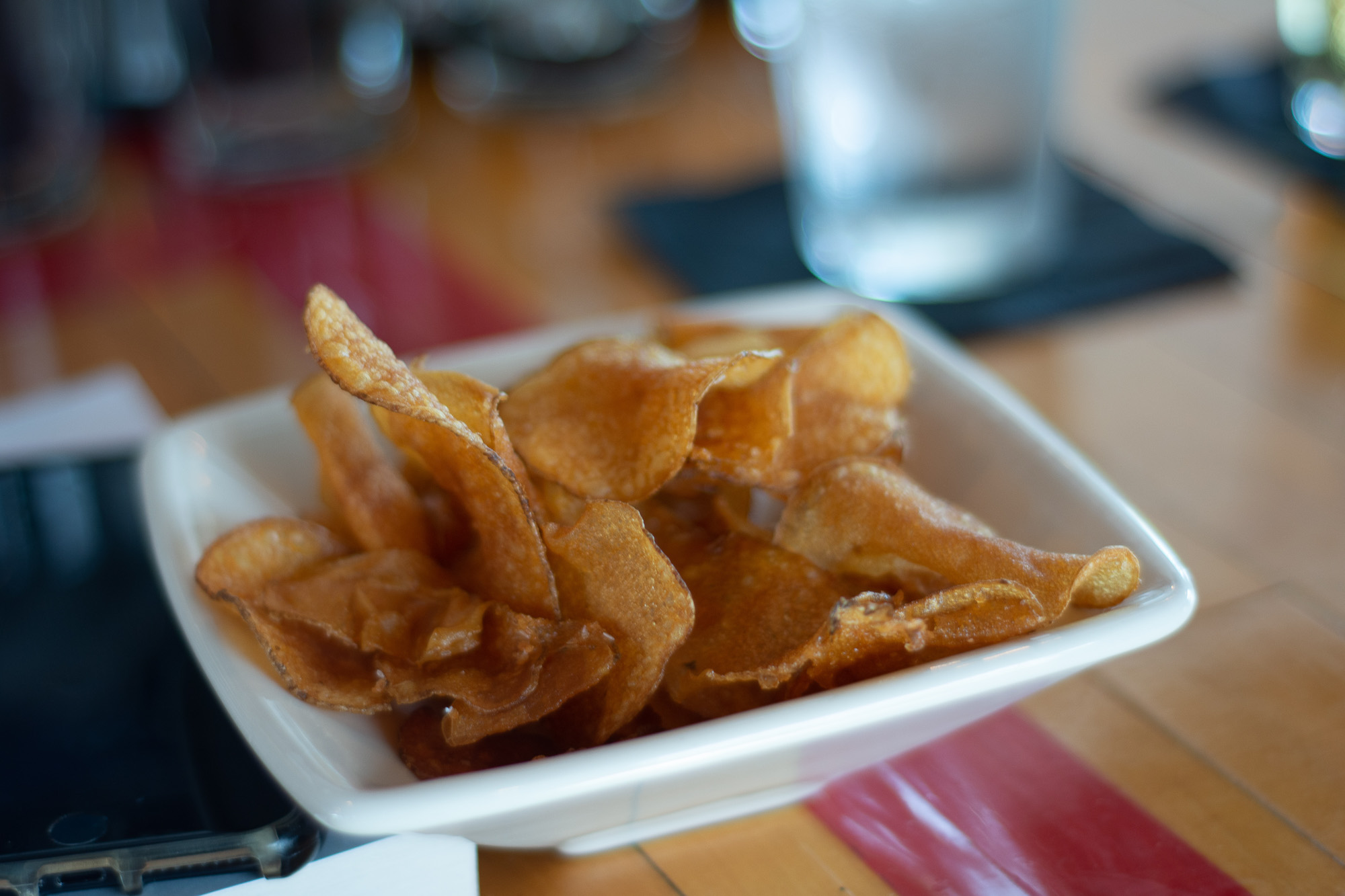
The US: Potato Chips
The origin of the potato chip is a bit contested. Although the first recipe for something similar to today’s potato chip appeared in the Englishman William Kitchiner’s book The Cook’s Oracle in 1817, legend has it that the potato chip was created at the Moon’s Lake House restaurant in Saratoga Springs, New York by George Crum (Speck) in 1853. It wasn’t until the 20th century that potato chips began to be mass-produced—with Tri-Sum Potato Chips of New England and Mikesell’s Potato Chip Company of Ohio leading the charge—and it wasn’t until 1926 that Laura Scudder of California came up with the idea of pre-bagging the chips.
Today, the average American eats over four pounds of potato chips or crisps each year. And no flavor is off limits—with seasonings ranging from cinnamon and sugar, sloppy joe, and crab to dill pickle, roast chicken, and BBQ pulled pork.
Honorable mention: Tater tots
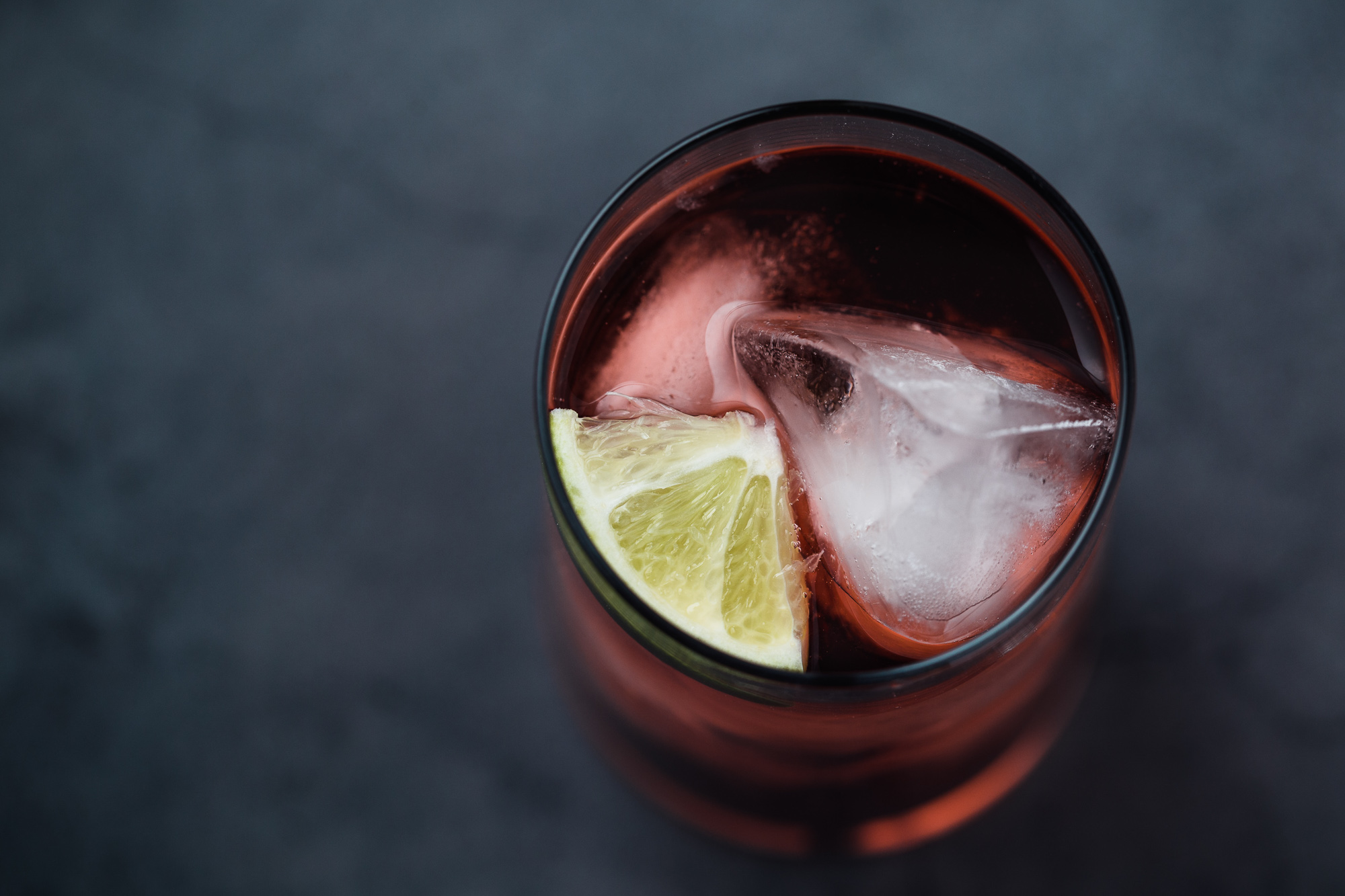
Sweden: Vodka
Although traditional vodka (made from fermented cereal grains) originated in Poland and Russia, vodka made from potatoes began in Sweden. Vodka began being produced in Sweden in the late 15th century, but it wasn’t until the late 18th century that the Swedes began using potatoes in its production. This was primarily due to the fact that potatoes were then the cheapest raw material that could be used.
Today, despite the common misconception that most vodka is made from potatoes, only a very small percentage actually are. In fact, the last remaining Swedish potato vodka manufacturer is Karlsson’s.

Spain: Tortilla de Patatas
If you’ve ever been to Spain, you’ve probably tried their famous tortilla de patatas—a delicious mix of eggs and potatoes, often accompanied by other delectable ingredients. This dish alone has made potatoes an important part of Spanish cuisine.Â
Although its origin is also a bit murky, the first reference to the tortilla was found in an 1817 document explaining how those in Navarra had such limited resources, they had to make the few eggs they had go further by adding in potatoes to feed more mouths.
Today, the tortilla is served at room temperature in small squares as a tapa or warm in a pie-like serving as a meal.
Honorable mention: Patatas Bravas
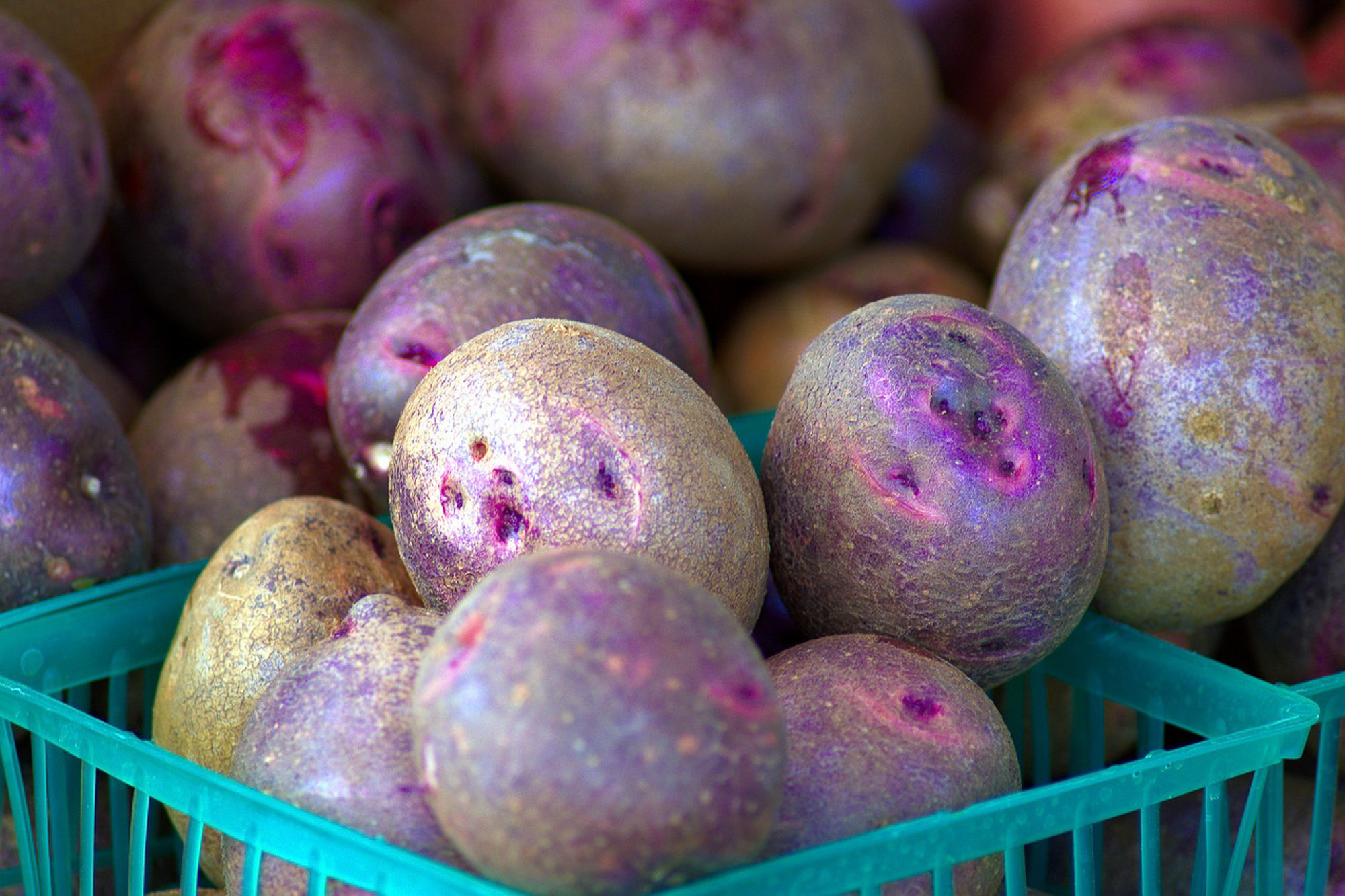
Peru: Papa Púrpura
Seeing as Peru is where the potato was first cultivated, it comes as no surprise that they have the richest potato diversity. Karl Zimmerer, an environmental scientist at Pennsylvania State University, observed that the range of potatoes in a single Andean field, “exceeds the diversity of nine-tenths of the potato crop of the entire United States.†In fact, the International Potato Center in Peru has preserved almost 5,000 varieties.
One of these is the papa púrpura, or purple potato. This buttery potato is usually served roasted, deep-fried, or in salads. These potatoes were at one time reserved exclusively for Inca Kings, and for good reason—they contain two to three times the antioxidants found in white or yellow potatoes.

